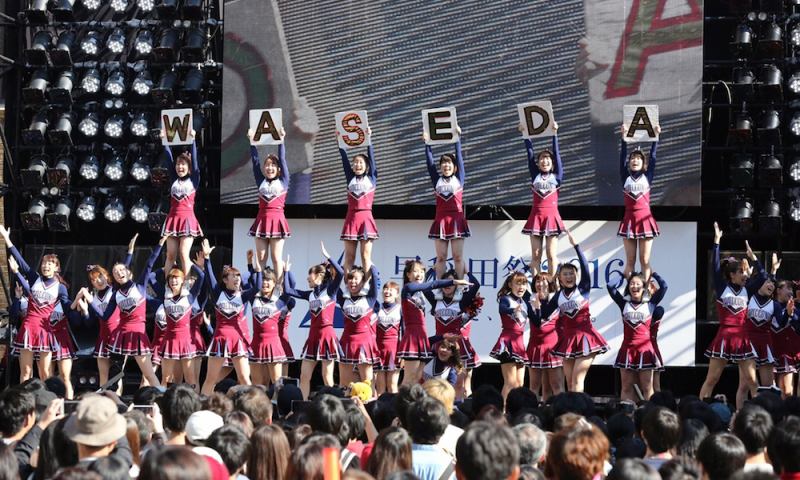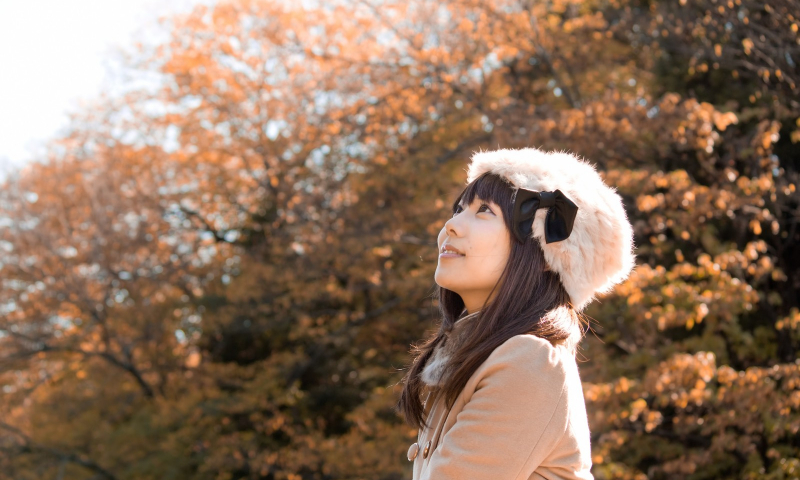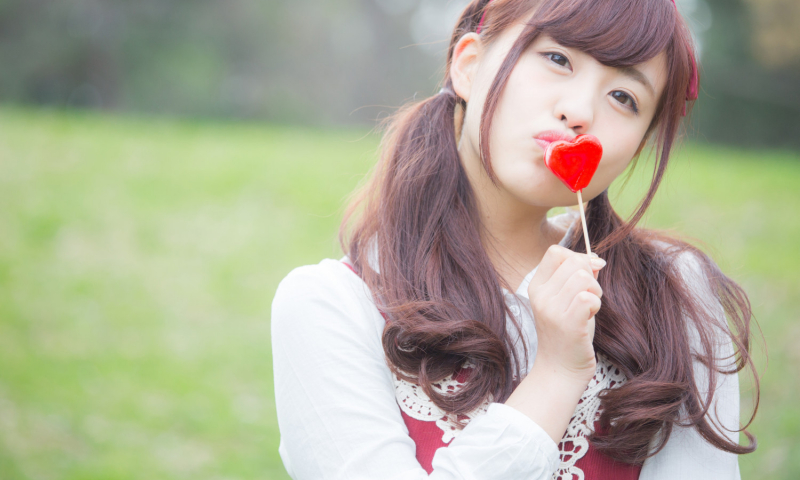
Shrines and Power Spots: Places in Tokyo to Seal Your Eternal Love
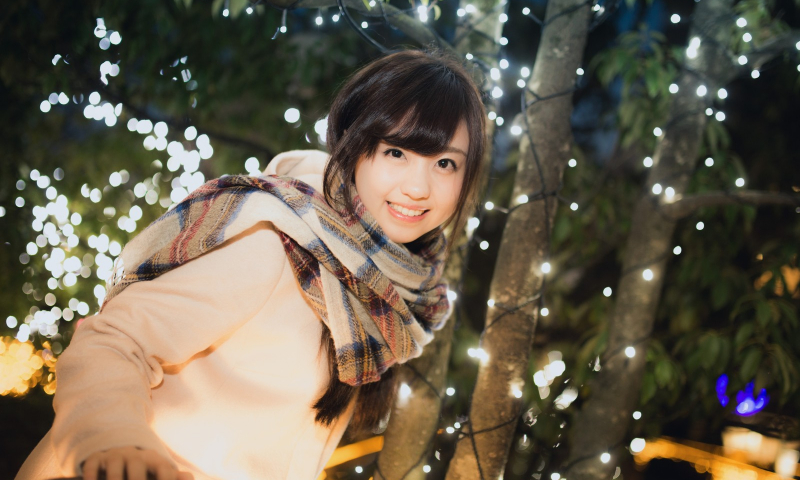
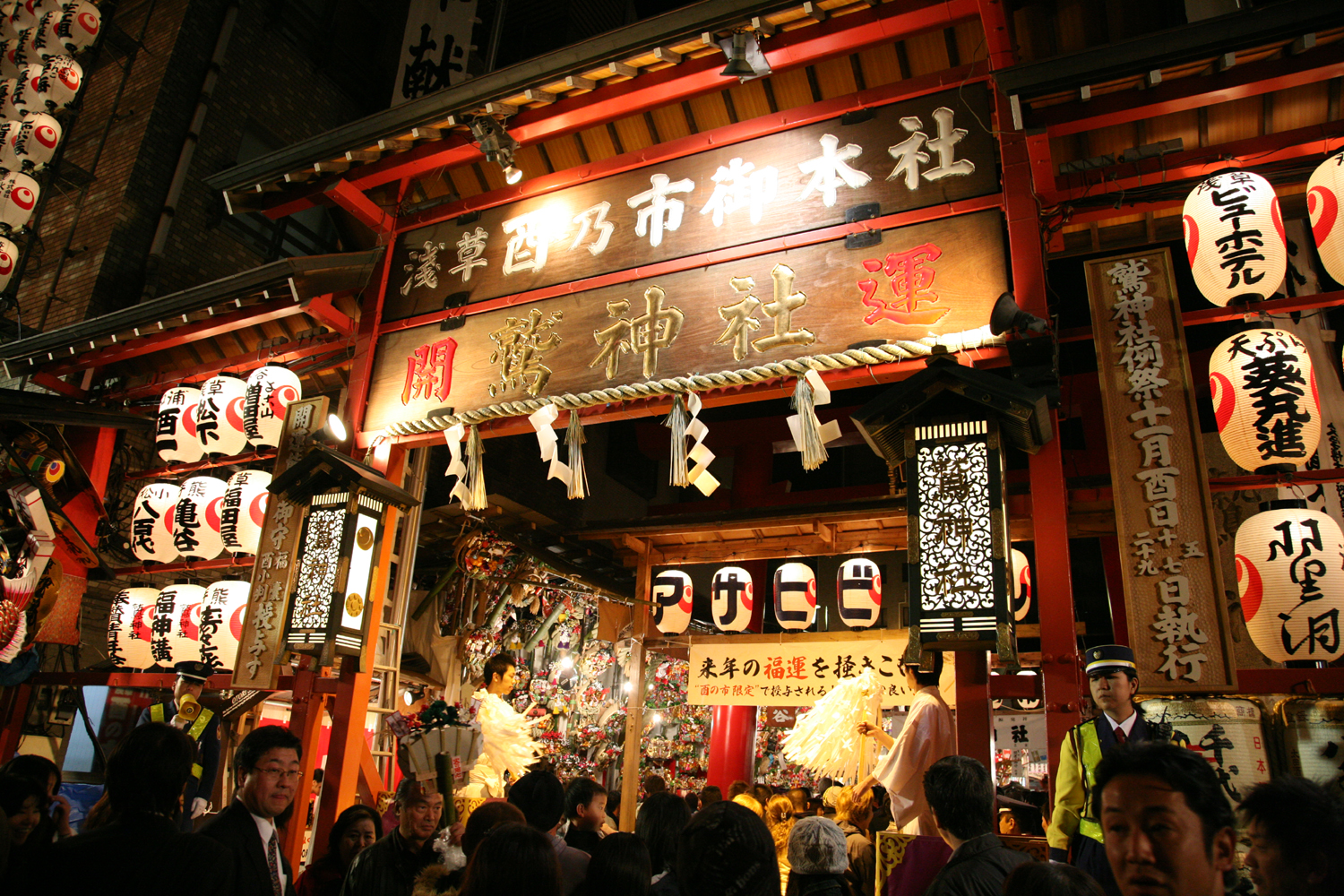
Sponsored Links
Matsuri (festivals in English) happens all around Japan to celebrate a particular historical figure or an important event. As we come into the colder months of the year, there is a range of festivals that happen around the seasons of Autumn and upcoming Winter. Occurring almost every year, these are some recommended festivals worth going to!
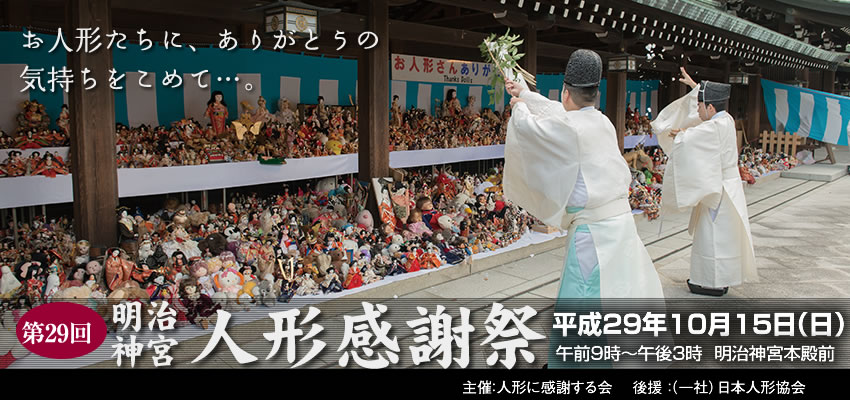
Translating to “Ningyo-Kanshasai”, this festival is about dolls and is held at Harajuku’s famous Meiji Jingu shrine. For 3000¥ per bag, they accept the dolls from 9am and the ceremony begins at 11am. All kinds of dolls and toys that are no longer needed ranging from teddy bears to traditional Japanese dolls are placed on display to give thanks for their loyalty over the years before sending them off to the spirit world.
When? Early October
Where? Meiji Shrine, 〒151-8557, 1-1 Yoyogi-Kamizonocho, Shibuya, Tokyo
How do I get there? 1 minute walk from JR Harajuku Station or from Tokyo Metro Chiyoda Line and Fukutoshin Line Meiji-jingumae (Harajuku) Station.

As this matsuri has to do with the Chinese zodiac, “Asakusa Tori no Ichi” is held on the Day of the Rooster (every 12 days of November) at various Otori shrines all over Japan. The most well known Otori shrine is in Asakusa but it is also held in the other shrines at Shinjuku, Nakano and Shinagawa. Usually at the shrines, people go to ask for good luck and fortune for their businesses and lucky bamboo rakes are sold there as kumade representing to “rake in wealth”.
When? Late November
Where? Otori Shrine, 〒153-0064, 3-1-2 Shimomeguro, Meguro-ku, Tokyo
How do I get there? 8 minutes walk from Iriya Station (Shitaya Gate – Exit 4) on the Tokyo Metro Hibiya Line.
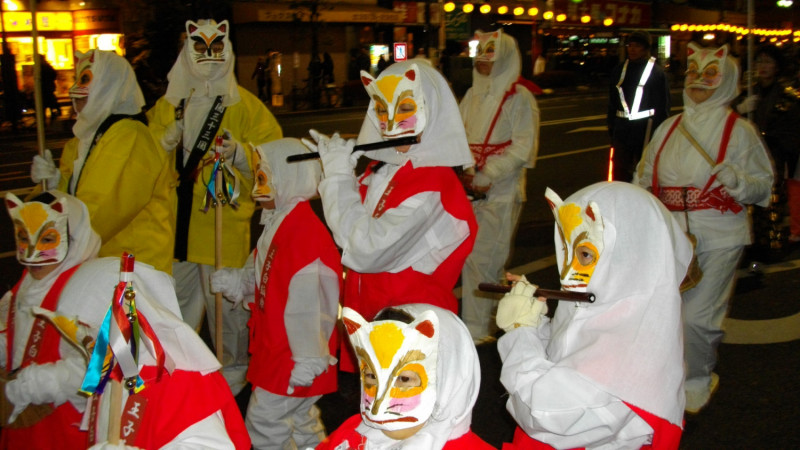
From New Year’s Eve to New Year’s Day, this matsuri has a story that accompanies the theme of the event. This is celebrated a little outside of Tokyo in the city of Oji where the main shrine holds this matsuri. The “Kitsune no Gyoretsu” celebrates a tale of foxes who disguised themselves as human beings and tried to get into the Inari shrine in Kita-ku.
When? Late December – Early January
Where? Oji Inari-jinja Shrine, 〒114-0021, 1-12-26 Kishi-machi, Kita-ku, Tokyo
How do I get there? 6 minutes walk from Oji Station on the Tokyo Metro Namboku Line or JR Keihin-Tohoku Line.
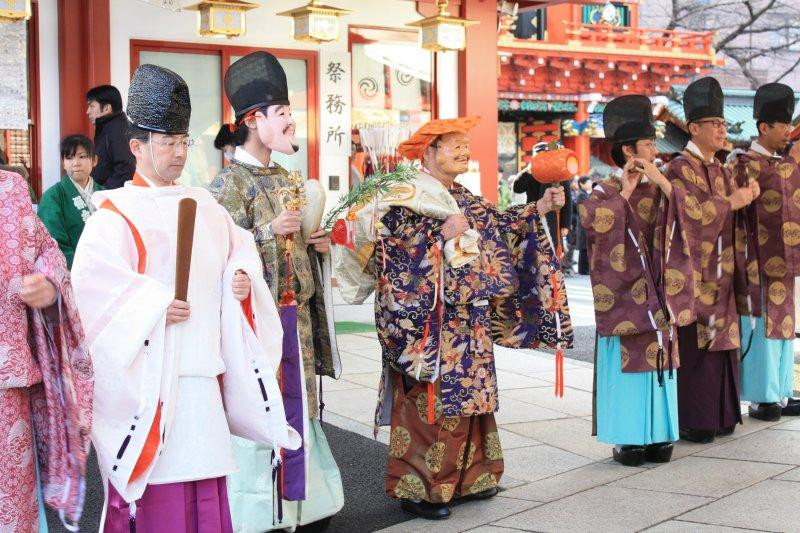
This matsuri is to celebrate and pay homage to the deity of fortune, Daikoku. Usually held at the Kanda Myojin shrine, it is a three day festival for people to seek the blessings of the deity and to pray for a prosperous and happy new year. Not only is it a time to pay respects and worship, but it is a chance to see the ancient traditions of the coming of age ceremony and a great display of knife skills.
When? Mid January
Where? Kanda Myojin Shrine, 〒101-0021, 2-16-2, Sotokanda, Chiyoda-ku, Tokyo
How do I get there? 5 minutes walk from Ochanomizu Station on the JR Chuo Line, Sobu Line or the Marunouchi Tokyo Metro Line.
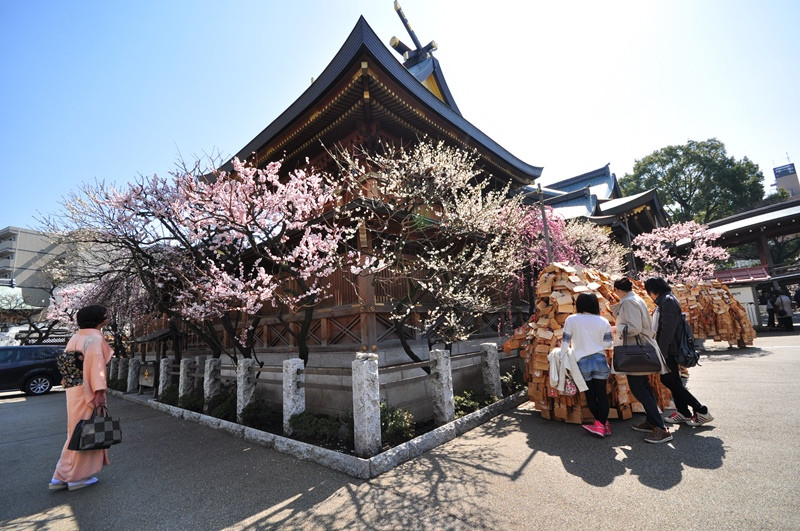
The difference between plum blossoms and cherry blossoms is the time of season when the flowers can be viewed. Plum blossoms or “Bunkyo Ume” can be viewed from February to March. The best place to see the plum blossoms is recommended at Yushima Tenjin where there are performances of traditional Japanese music and arts as well as a tea ceremony. However because it is an event around Japan, there are many other cities holding this matsuri.
When? Mid February – Early March
Where? Yushima Tenmangu Shrine, 〒113-0034, 3-30-1, Yushima, Bunkyo, Tokyo,
How do I get there? 2 minutes walk from Yushima station on the Chiyoda Tokyo Metro Line.
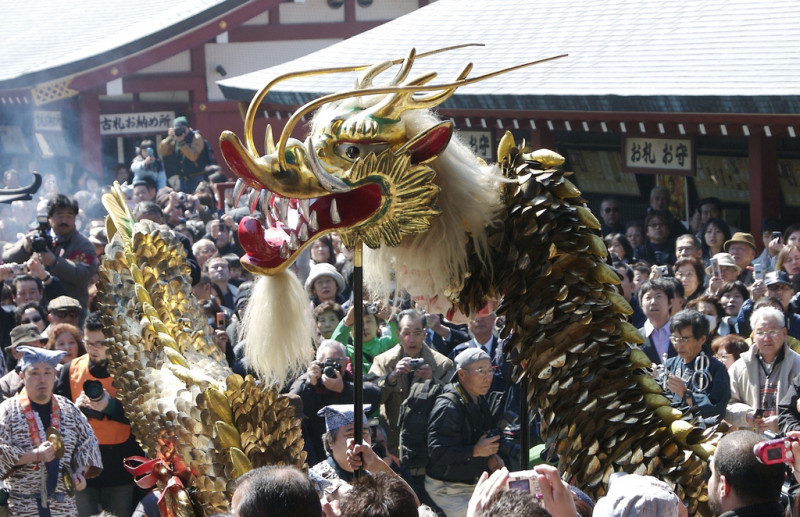
“Kannon Jingen-e” refers to the gods and deities appearing in front of human beings in various appearances to save and comfort their souls. This matsuri tells the tale of two fishermen brothers who were catching fish at the Sumida River and found a small Buddhist statue. They gave it to Haji no Nakatomo, who discovered it was a statue of the bodhisattva Kannon (the goddess of mercy) who enshrined the statue and turned his home into the Sennoji temple that we know now.
When? Mid March
Where? Sennoji Temple, 〒111-0032, 2-3-1 Asakusa, Taito, Tokyo
How do I get there? 5 minutes walk from Asakusa Station on the Tobu Skytree Line or Ginza and Asakusa Tokyo Metro Line.
Sponsored Links
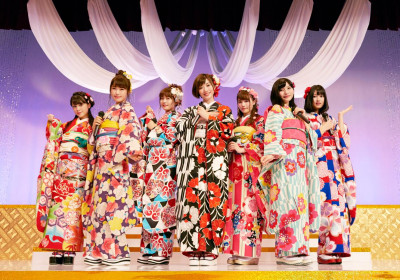
Forever Young? Miku Tanabe (AKB48) and Janken-min Defy Time in the MV for “Sakasazaka”!
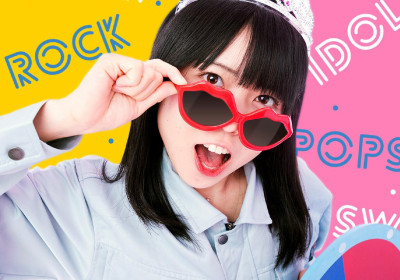
Risa Satosaki Reveals Everything in the MV for “S!NG”!


